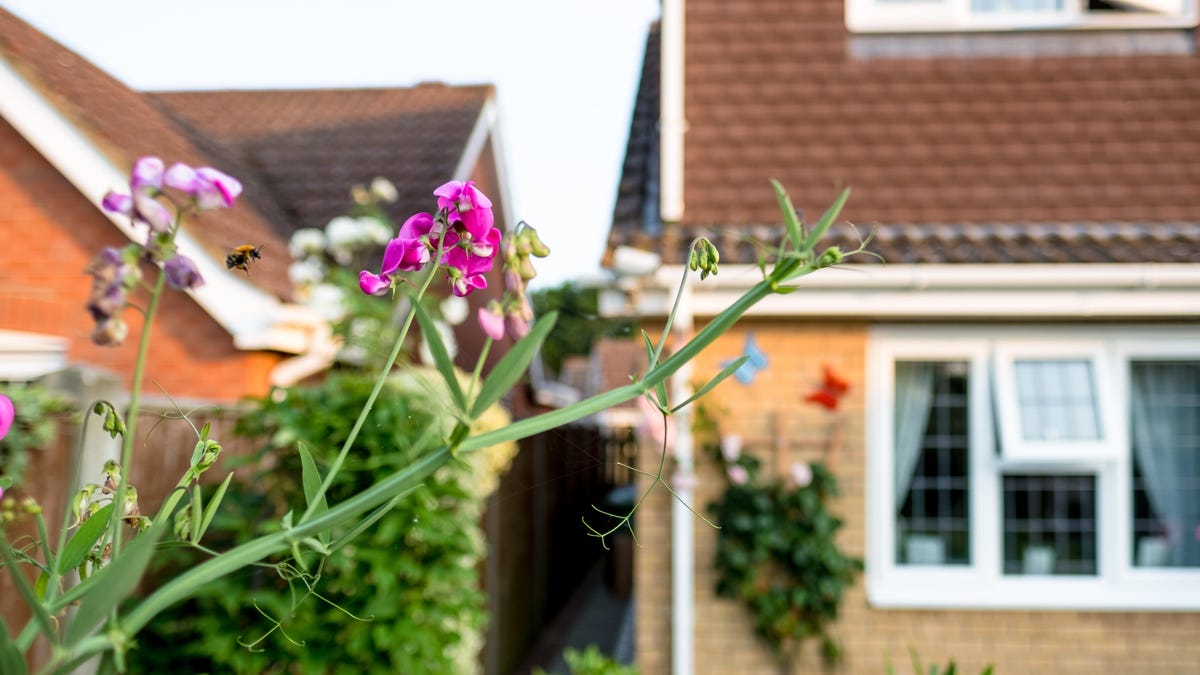How to Attract Ground Bees to Your Garden (and Why You Should)

Spring is flowers, and where there are flowers, there will be bees. These pollinators are an important part of the ecosystem, supporting the reproduction of many plants and playing a critical role in the food chain. But what many people don’t realize is that most bees don’t live in hives. Seventy percent of bees live underground in nests, not in hives like honey bees.
What does a ground bee nest look like?
First, it is important to be able to detect a bee nest. Often the entrance to a bee nest will resemble an anthill with a mound of earth around a hole in the ground. A bee’s nest will have a larger opening than most anthills, so this is one way to tell the difference. Usually there will be many ants in and out of anthills, but the bee nest will have much less activity.
If you spot what you think is a bee nest and it has a lot of inbound and outbound traffic, be careful because it’s probably a hornet’s nest. Wasps tend to be more aggressive than bees, so be careful if you see a lot of them.
Leave some open soil
Open soil is the key to welcoming ground nesting bees. Because they need to dig into the ground to build a nest and lay their eggs, ground bees prefer open soil as a nesting site. If you have a south facing slope, this is a great spot, as the sun will warm the soil in spring and make nest building easier.
Having the right type of soil
Bees need soft, pliable soil to dig into; tightly packed soil or soil that is too sandy to hold the structure together will not be a good place for bees to nest. Keeping a loose mixture of sand and soil will encourage ground bees to build a nest and your garden will reap the rewards. Since some bees prefer to nest in existing burrows rather than dig their own, it’s a good idea to leave some disturbed areas free from weeding, or even poke a few holes with a pencil so the bees can burrow in.
Leave a weed barrier
In addition to good nest-building soil, leaving areas of your yard free of weeds, mulch, or landscaping fabric is a good way to invite bees to build a nest. Because ground bees need to dig into the ground to build a nest, any artificial soil cover will prevent them from finding a good spot. There are some types of ground nesting bees that can build nests up to 10 feet underground, so giving them access to unobstructed soil is key.
Let the leaves mulch
While many people enjoy clearing their lawns of leaf litter and other plant detritus, leaving leaves on the ground provides a habitat for ground-nesting bees. Because the leaves provide hiding places for ground bees, they make good ground cover. In addition to being beneficial to bees, many gardeners refer to fallen leaves as brown gold. By letting the leaves mulch the soil, you will enrich it for your garden plants.
Choose where you want them to be
If you’re not ready to completely feral your entire yard, you might want to consider creating an allotment or garden bed that makes a good habitat for the bees. You don’t have to let nature take over your entire lawn in order to have a corner of fallen leaves, wildflowers, and open soil. If you prefer to have a lawn, you can frame it with a more natural border or grow a wildflower bed in a specific area.